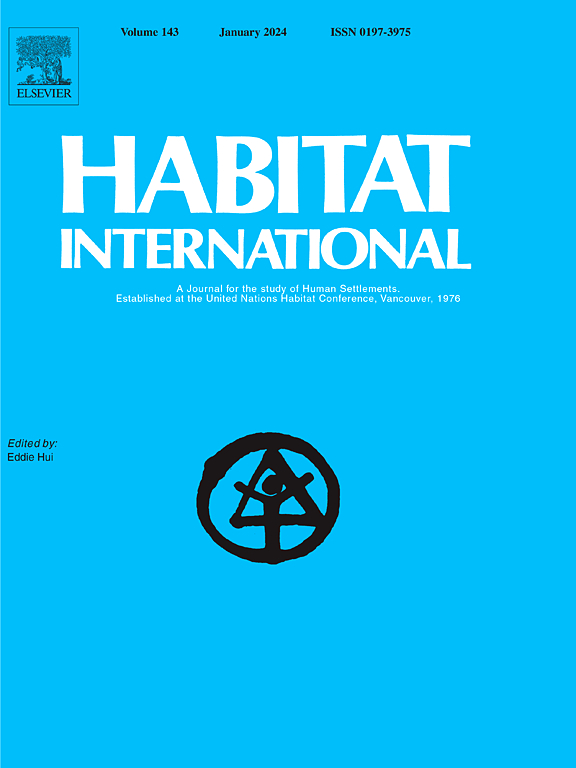Block-scale modeling of residential land prices: Incorporating multilevel determinants and explainable artificial intelligence
IF 6.5
1区 经济学
Q1 DEVELOPMENT STUDIES
引用次数: 0
Abstract
Accurate urban residential land price modeling is essential to optimize land allocation, shape tax policies, and promote sustainable urban development. Traditional statistical models often struggle to capture the interactive and nonlinear effects of determinants on land prices. This study integrates multilevel determinants based on hedonic pricing theory with explainable artificial intelligence (XAI) techniques to improve land price modeling. Focusing on Wuhan, we used geographic big data and street view images to evaluate location, neighborhood, and environmental factors at various spatial levels, including nearest accessibility, 15-min walk availability, and residential cluster availability. These factors were incorporated into three tree-based machine learning algorithms, random forest, gradient boosting tree, and eXtreme gradient boosting (XGB), to build predictive models. The XGB model outperformed the others and was used to predict prices in unobserved blocks. SHapley Additive exPlanations were applied to interpret the results, revealing key determinants of land prices. The proximity to rivers and central business districts emerged as significant factors. The influence of urban amenities varied on spatial scales, and green spaces had a stronger impact on the 15-min walk scale than on the larger residential cluster scale. Nonlinear threshold effects were identified, such as the diminishing negative impact of distance to the nearest metro station within a 1.5 km radius, beyond which the effect becomes negligible. Notably, significant interactive effects were observed, particularly the synergistic relationship between riverside locations and the visual presence of street green spaces, which together enhance land value. This study combines hedonic pricing with XAI to improve both predictive accuracy and interpretability, supporting evidence-based decision-making for smart urban planning and governance.
求助全文
约1分钟内获得全文
求助全文
来源期刊

Habitat International
Multiple-
CiteScore
10.50
自引率
10.30%
发文量
151
审稿时长
38 days
期刊介绍:
Habitat International is dedicated to the study of urban and rural human settlements: their planning, design, production and management. Its main focus is on urbanisation in its broadest sense in the developing world. However, increasingly the interrelationships and linkages between cities and towns in the developing and developed worlds are becoming apparent and solutions to the problems that result are urgently required. The economic, social, technological and political systems of the world are intertwined and changes in one region almost always affect other regions.
 求助内容:
求助内容: 应助结果提醒方式:
应助结果提醒方式:


